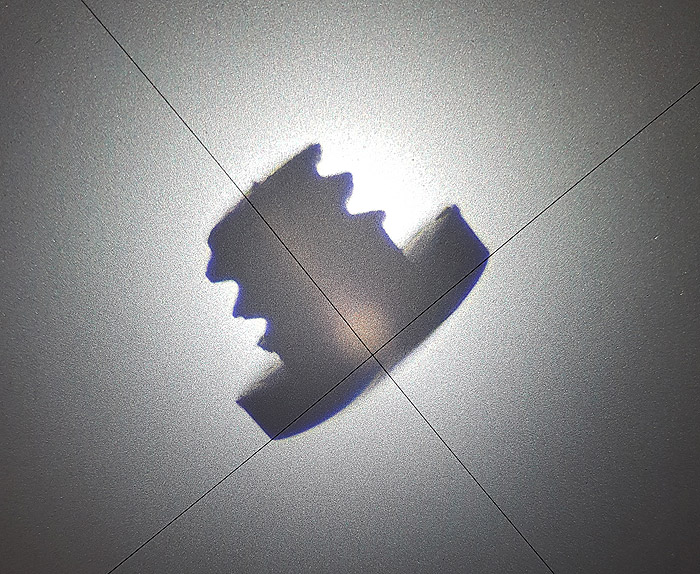***Right now, I have 3 watches on my workbench: a 30 year old Rolex Datejust which needs major restoration, an Omega Moon watch with a broken pusher and winding crown and a five years young Panerai Submersible due for its first service. The Panerai also needs a new rotor ball bearing which, in its short lifespan, has worn itself to death. To complete these 3 repair jobs would take weeks: sourcing the spare parts is both unpredictable and a time-consuming task. The parts will be arriving from all over the world at snail-speed.
However getting back into repair business was necessary: this is the price we have to pay in order to train Josh and Tyler. Before they can call themselves “rebelde watchmakers” they need to master general horological skills.
Yet every time I work on a customer’s watch I cannot help but to note the obvious: how easy it will be for Tyler and Josh to one day service, repair and restore rebelde watches! They will have at their disposal thousands of spare parts, ready to be installed. They will be able to complete servicing in a matter of hours, not weeks. Not to mention the most obvious of all: their customers, rebelde owners, will be more than happy once they see the repair bill: a fraction of what Rolex, Panerai or even Omega owners have to pay to keep their watches running.
And that in itself should be the most important reason to invest in rebelde: a watch designed, assembled, adjusted and maintained by your local watchmaker who cares about your business.
I am both proud and humbled: there are now 450 rebelde watches out there, ticking and keeping time. Most of them are worn daily by their owners. And out of 450, not one has been back with a broken winding crown, or with a crystal which popped out. Not one suffered water related damage or ‘leaked’. Running a rebelde service department has to be the most boring job in the world: there is simply nothing to do because there is simple nothing to repair. Maybe I am just lucky that I got the design right in the first go. Maybe I am just lucky that my component manufacturers got the tolerances and finishes ‘spot on’ in the first go. Or perhaps, maybe, after 3 years of development, I can say that maybe, after all, rebelde IS what I’ve promised you: a robust and reliable timepiece worth investing in.
Happy collecting,
Nick
However getting back into repair business was necessary: this is the price we have to pay in order to train Josh and Tyler. Before they can call themselves “rebelde watchmakers” they need to master general horological skills.
Yet every time I work on a customer’s watch I cannot help but to note the obvious: how easy it will be for Tyler and Josh to one day service, repair and restore rebelde watches! They will have at their disposal thousands of spare parts, ready to be installed. They will be able to complete servicing in a matter of hours, not weeks. Not to mention the most obvious of all: their customers, rebelde owners, will be more than happy once they see the repair bill: a fraction of what Rolex, Panerai or even Omega owners have to pay to keep their watches running.
And that in itself should be the most important reason to invest in rebelde: a watch designed, assembled, adjusted and maintained by your local watchmaker who cares about your business.
I am both proud and humbled: there are now 450 rebelde watches out there, ticking and keeping time. Most of them are worn daily by their owners. And out of 450, not one has been back with a broken winding crown, or with a crystal which popped out. Not one suffered water related damage or ‘leaked’. Running a rebelde service department has to be the most boring job in the world: there is simply nothing to do because there is simple nothing to repair. Maybe I am just lucky that I got the design right in the first go. Maybe I am just lucky that my component manufacturers got the tolerances and finishes ‘spot on’ in the first go. Or perhaps, maybe, after 3 years of development, I can say that maybe, after all, rebelde IS what I’ve promised you: a robust and reliable timepiece worth investing in.
Happy collecting,
Nick



















































